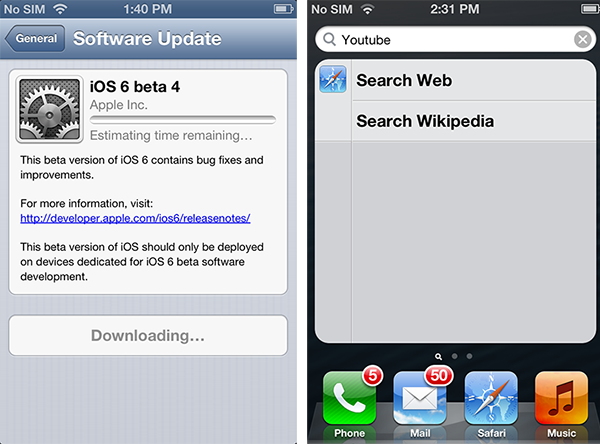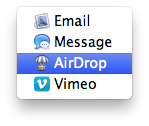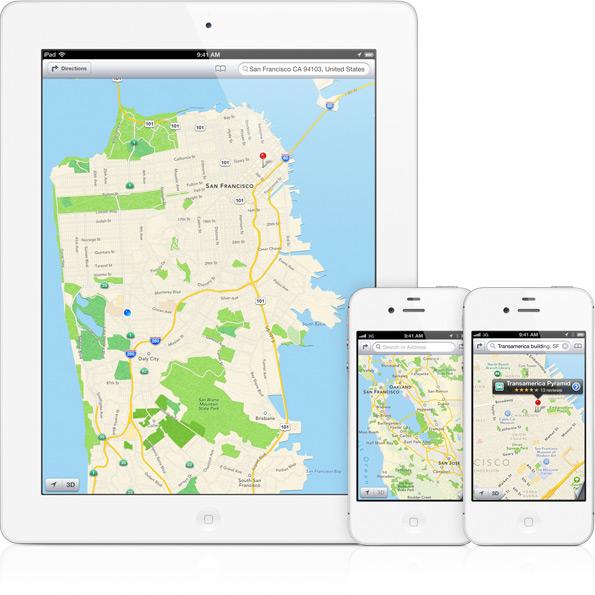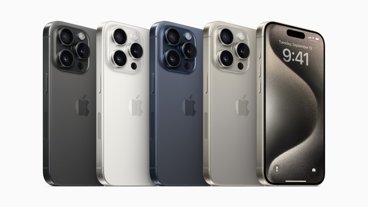Apple removes YouTube app from iOS with beta 4 release of iOS 6 [u]
The release originally began cropping up as an over-the-air update at around 1:00 p.m. Eastern but was mislabeled as beta 3 and temporarily removed. As of press time, Apple has re-issued the beta with the appropriate labeling.
Upon installing the release, people familiar with the software confirm that the Apple-developed YouTube app is no longer part of the distribution — potentially a sign of increased tensions between the two companies which are facing off against each other in both the mobile and connected television segments.
Google owns YouTube.
Update: in a statement issued to Reuters Apple said:
Our license to include the YouTube app in iOS has ended, customers can use YouTube in the Safari browser and Google is working on a new YouTube app to be on the App Store.
Apple's partnerships with Google to work around Flash
At the release of the original iPhone in 2007, Apple partnered with Google to develop a native, bundled YouTube app for the iPhone that would allow users to access Google's vast library of user-created videos.
Without work on Google's side to make those videos available using the open H.264 codec, its YouTube videos would not have worked with the iPhone because Google's player and distribution formats were tied to Adobe Flash, a software platform that wasn't functional on smartphones and wouldn't be made available by Adobe in a partially-usable form until 2010, and then only on brand new hardware powerful enough to run it.
Because of the proprietary nature of Flash, Apple would have been severely constrained in any of its efforts to create an in-house compatibility layer to support it. It would also have required significant resources and introduced new limitations on Apple's iOS.
Rather than taking on the nearly impossible task of supporting Flash on 2007-era mobile devices, Apple decided to instead provide alternative workarounds that minimized the feature loss of not having Flash available.
Because the primary valuable uses of Flash revolved around simple web site animations and video playback, Apple focused on providing rich support for advanced HTML techniques and began promoting Flash-free, direct H.264 video playback, two features that became prominent capabilities of HTML 5.
After initially supporting YouTube playback on the iPhone, Apple TV and later the iPad by converting its huge library to enable raw H.264 video downloads, Google began an attack on the H.264 standard because it incorporated licensed technologies that put it at odds with free software advocates in the open source community, particularly Mozilla.
Google acquired its own proprietary codec (renaming it WebM) and made the specification "open" in the sense of requiring no licensing fees to use it. However, the MPEG Licensing Authority, the standards body behind H.264, insisted that Google's new specification infringed upon the technical patent portfolio already developed by the global community for H.264.
Concerns around the legal legitimacy and infringement risks of Google's own WebM codec, as well as the codec's serious technical shortcomings (including a lack of mobile hardware acceleration support) has caused it to fail to gain any serious traction in the market since, even despite Google's removal of H.264 playback support from its Chrome web browser.
Over the last five years, Apple's support for HTML 5 and H.264 video has made both open standards (one freely licensed, the other requiring licensing from the MPEG LA) the new foundations of web development. This is particularly the case in the global market for mobile devices, about half of which are now produced by Apple.
Adobe has canceled Flash development on mobile devices, and its middleware platform is now becoming increasingly irrelevant on the web as HTML 5 takes over more and more features formerly served by Flash. After YouTube's switch to serving H.264, other prominent video distributors followed suit, to the point where most of the world's web videos do not require Flash to work, an unbelievable scenario back in 2007.
At this point, iOS doesn't need a special app to access YouTube videos, and as Apple indicated in its comment to the media, Google has terminated its license to access YouTube videos natively, rather than via Google's website.
Apple evicts Google from iOS 6
While Apple no longer needs to direct attention to YouTube videos in a special iOS app, the removal of its YouTube app sends a strong message when combined with other, related efforts Apple has made to exclude Google from its once intimate position on Apple's iOS platform.
New "Share Sheets" Apple introduced for iOS 6 and this summer's OS X Mountain Lion specifically support Google's YouTube competitor site Vimeo (shown below), but not YouTube.
Apple has also added support for Yahoo's Flickr photo site but not Google's Picassa, and has added or announced new social link features for Twitter and Facebook, but conspicuously not Google's own competing services Buzz and Google+.
One of the most significant features of iOS 6 is Apple's new Maps, which erases its former support for Google's mapping services and establishes Apple's own in-house services in their place.
Apple's new Maps app for iOS 6 (below) similarly avoids any support for Google's Places, instead partnering with Yelp, and makes no effort to incorporate Google's Latitude location sharing, having introduced Apple's own device location and Find My Friends services tied to iCloud.
Apple's removal or lack of support for Google's services (particularly given the support of its competitor's) is apparently an intentional distancing effort Apple has initiated as a response to Google's increasingly intense competitive efforts, which include Google's Android software platform, legal efforts to challenge Apple's infringement complaints with offensive use of standards essential patents through Google's new Motorola subsidiary, and most recently, efforts to take on the iPad and Apple TV with Google-branded hardware devices.
 AppleInsider Staff
AppleInsider Staff













 Malcolm Owen
Malcolm Owen
 Chip Loder
Chip Loder

 William Gallagher
William Gallagher
 Christine McKee
Christine McKee
 Michael Stroup
Michael Stroup
 William Gallagher and Mike Wuerthele
William Gallagher and Mike Wuerthele







